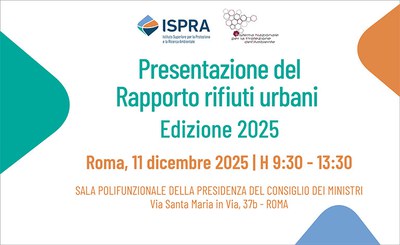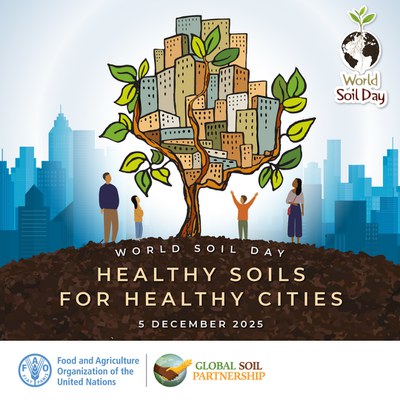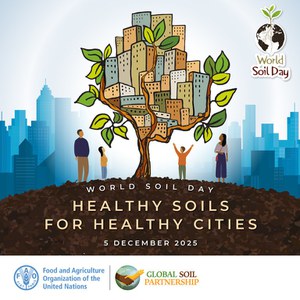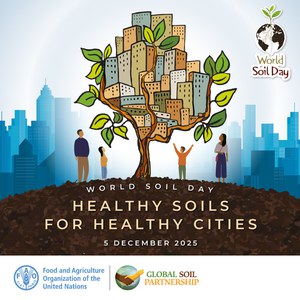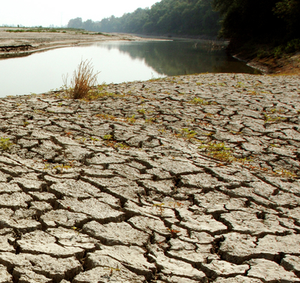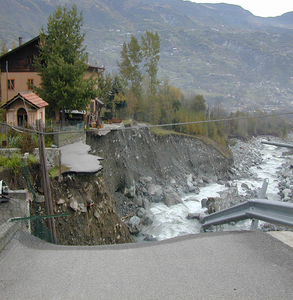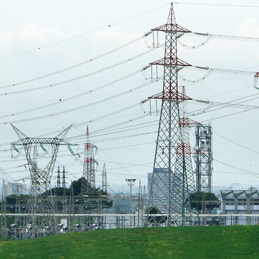
Safety in Industrial Plants: the Seveso Directive and Emerging Risks from the Energy Transition
Dec 04, 2025 02:30 PM — Dec 04, 2025 06:00 PM Rome, Università Campus Bio-Medico, via Alvaro del Portillo, 21ISPRA, together with the Campus Bio-Medico University of Rome, has organized an advanced training course for personnel responsible for inspections at SEVESO establishments. The launch event will take place in Rome on December 4. The course, which is part of a broader program managed by the newly established ISPRA Academy, aims to provide an opportunity for shared engagement to enhance safety levels and to disseminate the latest developments in safety and security that characterize the current national landscape, such as the assessment of industrial risks associated with climate change and the increasingly complex cyber threat. The goal is to build a broad dialogue which, in a perspective of public–private cooperation, involves stakeholders who, in various capacities, contribute to the management and inspection activities of the establishments, promoting the exchange of experiences with the ultimate objective of improving plant safety, protecting workers, and safeguarding the environment.


